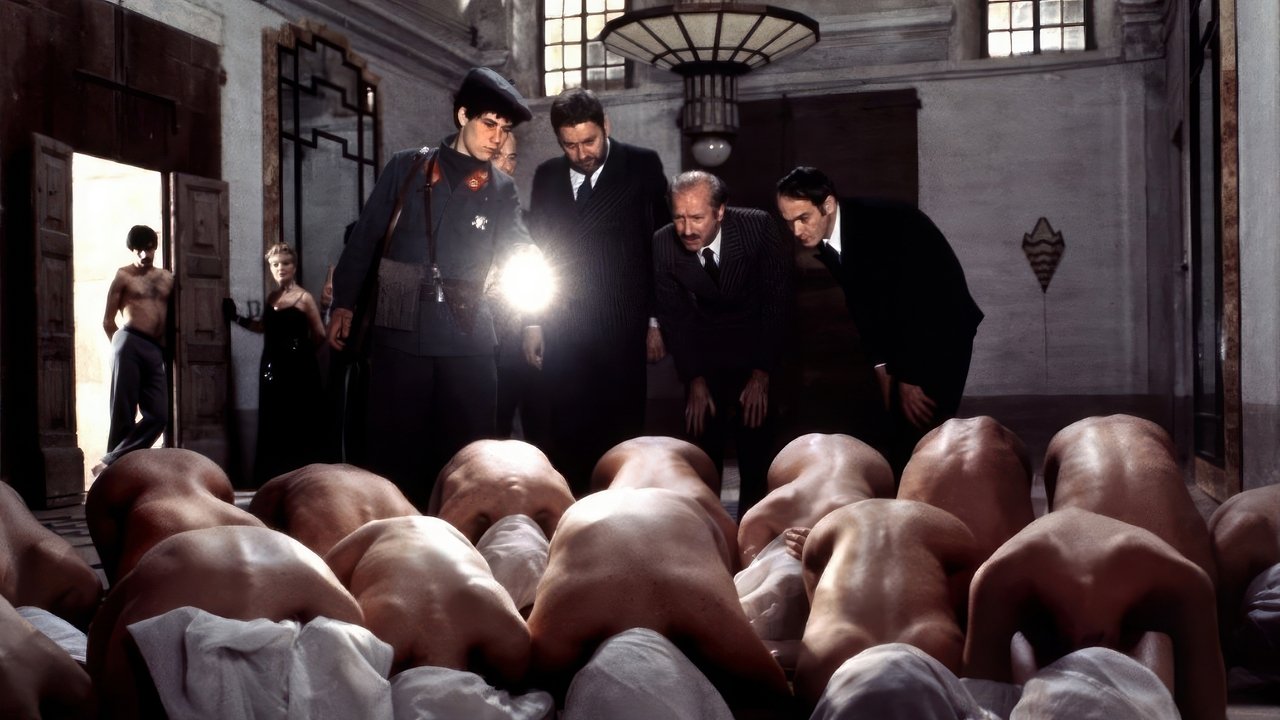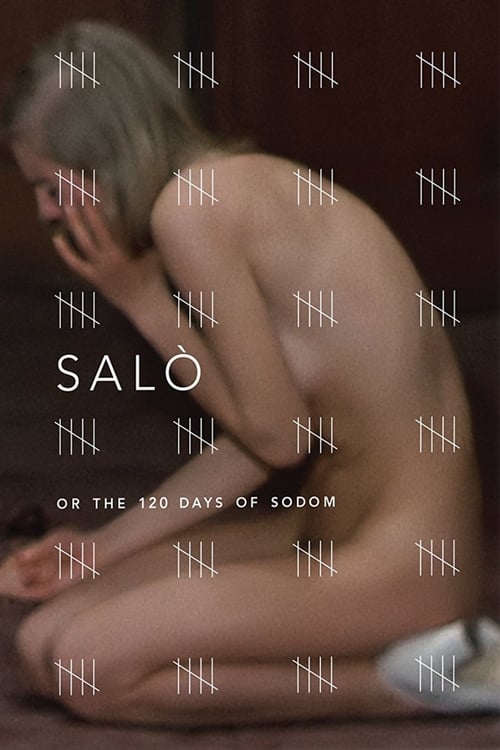
 Salò, or the 120 Days of Sodom
— The final vision of a controversial filmmaker.
Salò, or the 120 Days of Sodom
— The final vision of a controversial filmmaker.
Salò, or the 120 Days of Sodom

Four corrupted fascist libertines round up 9 teenage boys and girls and subject them to 120 days of sadistic physical, mental and sexual torture.


Fantastically twisted and shocking metaphor for fascism. Sade retold through a lens of Dante and set in the short lived republic or Salò. What is the relationship between victimhood and complicity, power and the justification of it through itself, a society of consumers and citizens under totaliterialism, fascist rule and anarchy? Powerful!